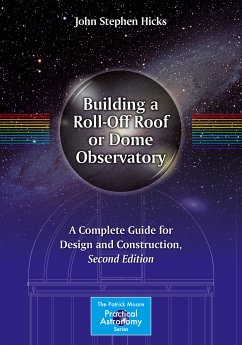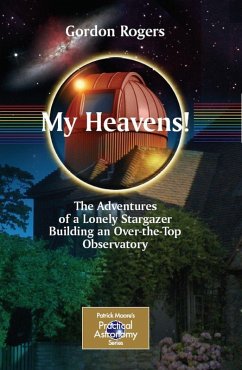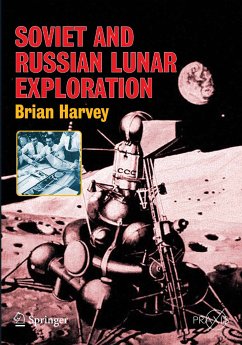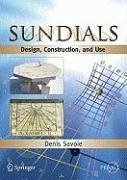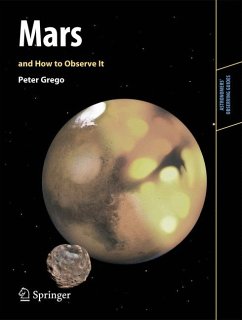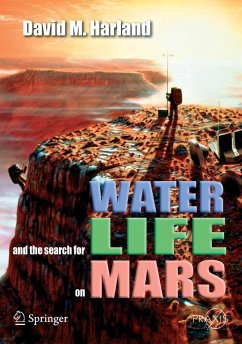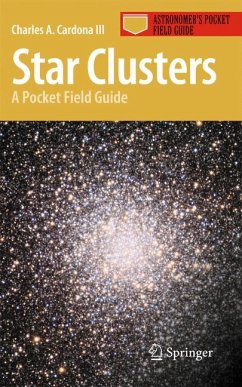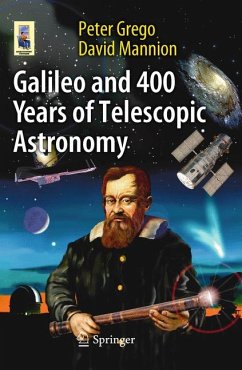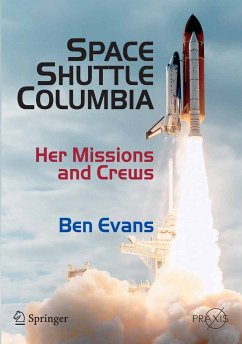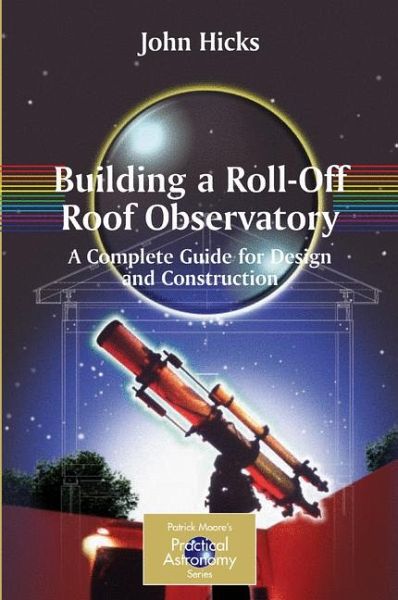
Building a Roll-Off Roof Observatory (eBook, PDF)
A Complete Guide for Design and Construction

PAYBACK Punkte
19 °P sammeln!
Almost every amateur astronomer who has taken the pursuit to its second level aspires to a fixed, permanent housing for his telescope, permitting its rapid and comfortable use avoiding hours of setting-up time for each observing session. A roll-off roof observatory is the simplest and by far the most popular observatory design for today's practical astronomers.Building a Roll-off Roof Observatory is unique, covering all aspects of designing a roll-off roof observatory: planning the site, viewing requirements, conforming to by-laws, and orientation of the structure. The chapters outline step-by...
Almost every amateur astronomer who has taken the pursuit to its second level aspires to a fixed, permanent housing for his telescope, permitting its rapid and comfortable use avoiding hours of setting-up time for each observing session. A roll-off roof observatory is the simplest and by far the most popular observatory design for today's practical astronomers.
Building a Roll-off Roof Observatory is unique, covering all aspects of designing a roll-off roof observatory: planning the site, viewing requirements, conforming to by-laws, and orientation of the structure. The chapters outline step-by-step construction of a typical building.
The author, both an amateur astronomer and professional landscape architect, is uniquely qualified to write this fully-detailed book. A professionally designed roll-off observatory could cost as much as $3000 just for the plans - which are provided free with Building a Roll-off Roof Observatory.
Building a Roll-off Roof Observatory is unique, covering all aspects of designing a roll-off roof observatory: planning the site, viewing requirements, conforming to by-laws, and orientation of the structure. The chapters outline step-by-step construction of a typical building.
The author, both an amateur astronomer and professional landscape architect, is uniquely qualified to write this fully-detailed book. A professionally designed roll-off observatory could cost as much as $3000 just for the plans - which are provided free with Building a Roll-off Roof Observatory.
Dieser Download kann aus rechtlichen Gründen nur mit Rechnungsadresse in A, B, BG, CY, CZ, D, DK, EW, E, FIN, F, GR, HR, H, IRL, I, LT, L, LR, M, NL, PL, P, R, S, SLO, SK ausgeliefert werden.



